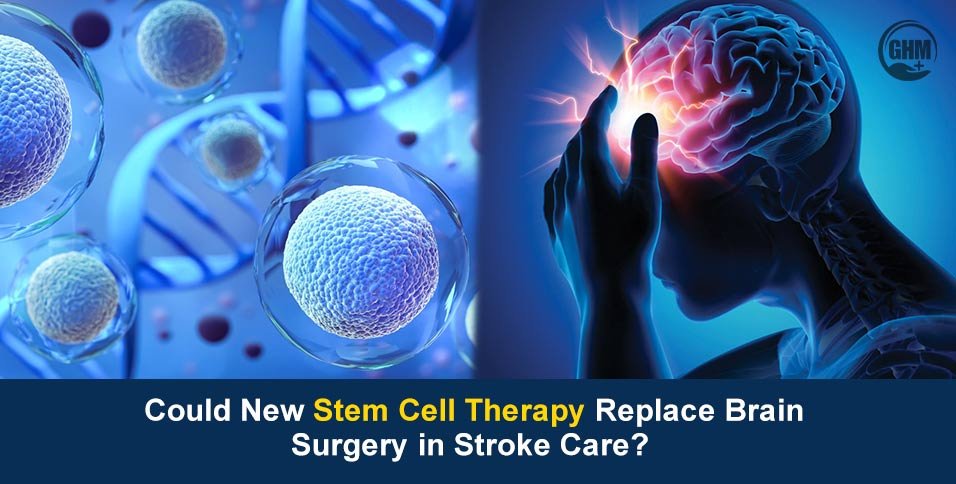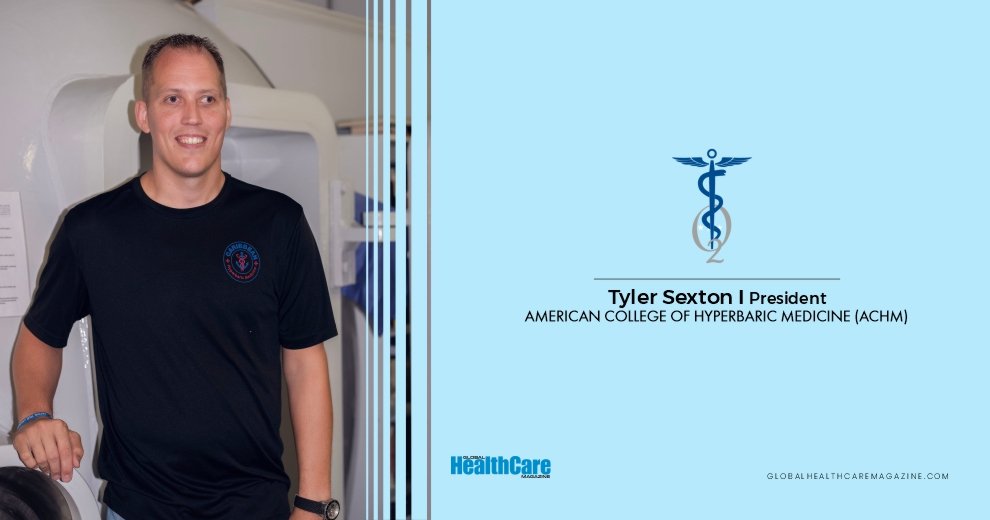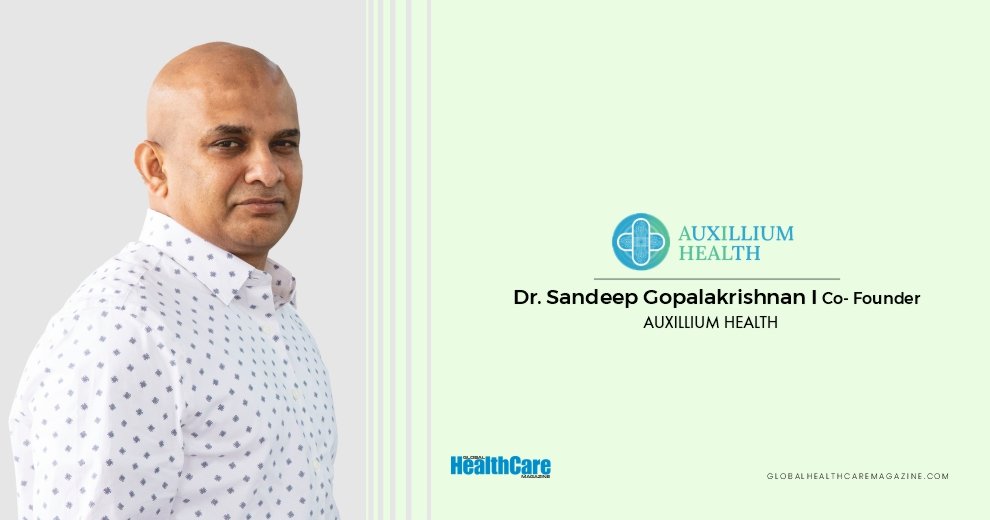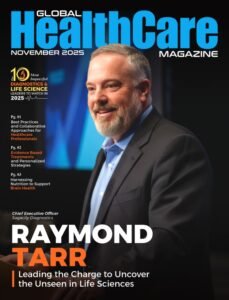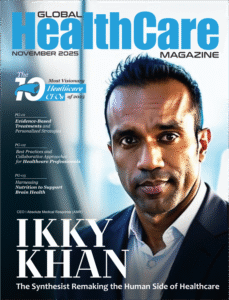- Researchers at the University of Zurich have demonstrated that stem cell therapy can reverse damage from strokes in mice.
- Stem cell transplants regenerated neurons, repaired blood vessels, reduced inflammation, and restored motor function. The brain surgery currently aims to achieve these results, but often cannot.
- While brain surgery remains essential in many cases, this research points toward a future where less invasive treatments like stem cell therapy might reduce or replace certain surgical interventions.
1. Findings of the Zurich study
- Transplanting neural stem cells into stroke-affected mouse brains one week after stroke. That led to the survival of transplanted cells for five weeks. Most cells became neurons and connected with existing brain tissue.
- There was also a new formation of blood vessels, better integrity of the blood-brain barrier, and lowered inflammation in the brain.
- Motor functions, such as walking and fine limb movement, were also measurably improved using AI-based gait and movement tracking.
2. Current brain surgery Treatment
- Brain surgery typically aims to remove clots, relieve pressure, or repair damaged tissue. It is invasive, carries risks like infection or bleeding, and often cannot regenerate lost neurons.
- Non-surgical rehabilitation, such as physical therapy and speech therapy, helps but cannot restore what is irreversibly lost.
3. Potential for stem cell therapy
This treatment seeks to regenerate lost tissue like neurons and vessels. Therefore, rather than just reducing damage, it may provide an alternative to surgeries whose goals are repair or relief.
- Less invasive delivery methods could be developed, for instance, using injections rather than opening the skull.
- Risks need to be rigorously evaluated: immune rejection, precise control of differentiation, safety in humans, timing, and dosage.
Future Challenges
- From mice to humans: What works in animals often fails or poses new challenges in people. Researchers must test safety, immune compatibility, and long-term effects.
- Regulation & ethics: Stem cell sources, manufacturing, and clinical trials need to follow strict ethics and regulations.
- Delivery methods: Ideal alternatives must be found, as surgery may still be needed now to deliver cells into the brain.
- Cost & accessibility: Advanced lab-based therapies are expensive. Scaling them for widespread clinical use will require investment and infrastructure.
A Cure for Stroke Damage
- Stroke is one of the leading causes of long-term disability worldwide. Many survivors live with permanent motor, speech, or cognitive impairments.
- If stem cell therapy can safely and reliably replace certain types of brain surgery, patient recovery could be faster, less risky, and less invasive.
- This would represent a major shift in stroke care. It will be a solution for prevention, rehab, and surgery toward regeneration as a core strategy.
Conclusion
This treatment shows strong promise as a treatment that might reduce the need for some brain surgeries in stroke care. But for now, it remains in the preclinical stage. We are not yet at the point where brain surgery can be broadly replaced. Continued research, clinical trials, and technological development are essential before stem cell therapy becomes a standard alternative.

